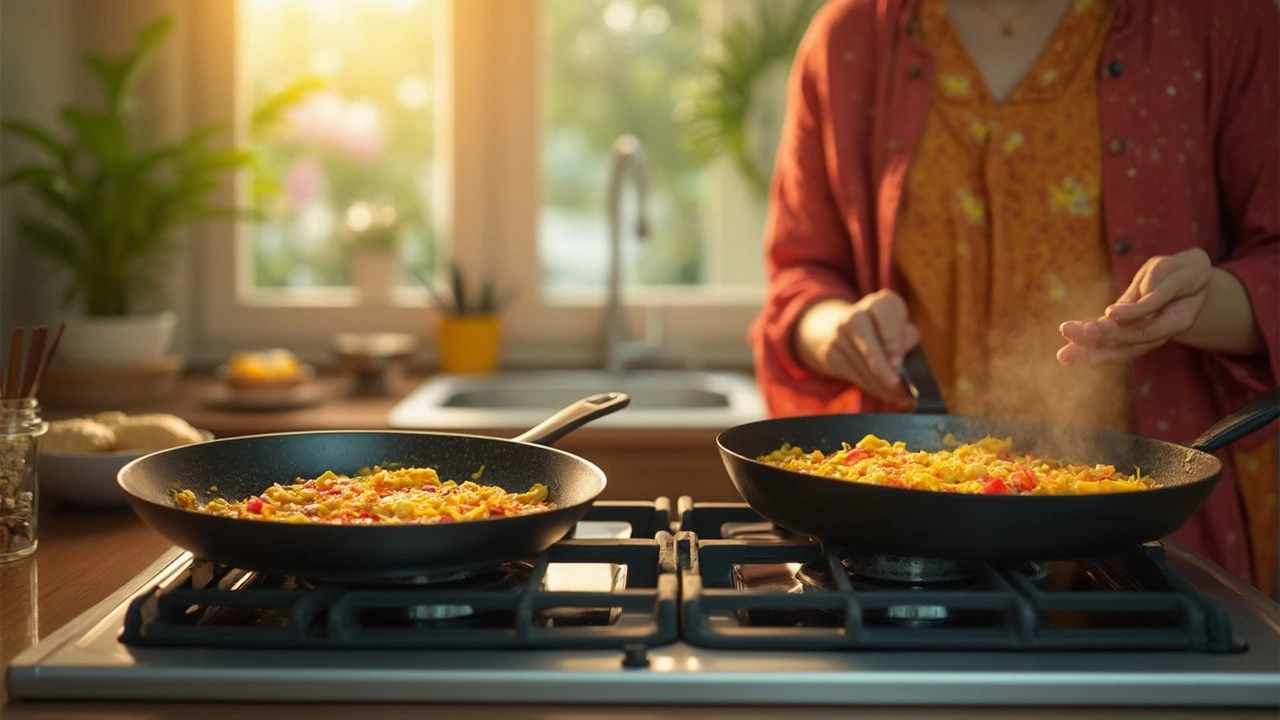PFAS: What They Are, Why They Matter in Your Home
When you hear PFAS, a group of synthetic chemicals used to make things water-resistant, nonstick, or stain-proof. Also known as "forever chemicals", they don’t break down in the environment—and they’re in more homes than you think. These chemicals show up in nonstick pans, waterproof jackets, food packaging, and even some carpets. Once they get into your water or food, they stick around—in your body and in the planet—for decades.
That’s why nonstick cookware, often coated with PFAS to prevent food from sticking is under scrutiny. Professional chefs avoid it—not because it doesn’t work, but because the coating can flake off and end up in your food. The same goes for waterproof fabrics, used in outdoor gear and even some upholstery. They keep rain out, but they also leave behind traces of PFAS that can settle in your dust and air. And if your tap water comes from a contaminated source, you might be drinking it without knowing.
You won’t find PFAS listed on most product labels. But you can spot them by ingredients like PTFE, PFOA, or any mention of "stain-resistant" or "waterproof." The good news? You don’t need to spend a fortune to cut them out. Swap your nonstick pan for cast iron or carbon steel. Choose natural fiber curtains over treated ones. Skip the microwave popcorn bags. These aren’t just small changes—they’re real steps toward safer living spaces.
What you’ll find in the posts below aren’t warnings or scare tactics. They’re practical, real-world insights from people who’ve looked under the hood of their homes and asked: What am I really bringing in? From the pan that makes perfect eggs to the shelf that holds your cleaning supplies, these articles show how everyday choices connect to bigger health and safety questions. You don’t need to be an expert to make smarter calls. Just know what to look for—and where to start.
